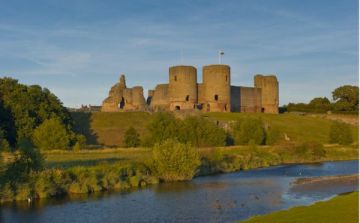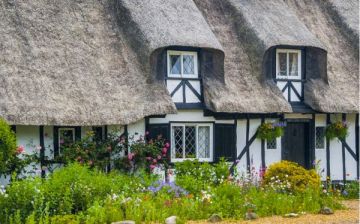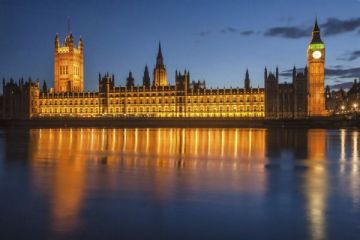Surrey
Situated north-west of Addington. Within Croydon Manor, by the 13th century it was known as enclosed land belonging to Eadda, who was probably also associated with Addington. Farm buildings, the 17th-century Parsons Farm and Herons Croft, are relics of the rural environment. In 1702 John Evelyn’s son-in-law built Addiscombe Place on the site of a Tudor house, reputedly to Vanbrugh’s design and with decoration by Thornhill.
In 1809 the estate was sold to the East India Company as a military academy, and sold again, in 1863, for development. The house was demolished and roads within the estate named after East India men such as Warren Hastings. Of the academy, all that remains is the pair of houses Ashleigh and India, now Nos 137 and 139 Addiscombe Road, and the gymnasium to the rear of Havelock Road.
In the early 19th century, when Addiscombe was still a hamlet, the young Thackeray was a resident. The railway arrived and the population gradually grew. In 1870 the church of St Paul’s (E. Buckton Lamb) was opened and rededicated to St Mary Magdalene in 1874.
The parish of Addiscombe was formed in 1879. Literary figures such as Tennyson, Carlyle and Longfellow were entertained by Lady Ashburton at Ashburton House (demolished 1912–13). A blue plaque at 20 Outram Road commemorates the residence here of Frederick George Creed, electrical engineer and inventor of the teleprinter. Lord Liverpool, Prime Minister for nearly 15 years from 1812, spent his childhood here.
Excerpted from The London Encyclopaedia by kind permission of the Publishers, Pan MacMillan.



